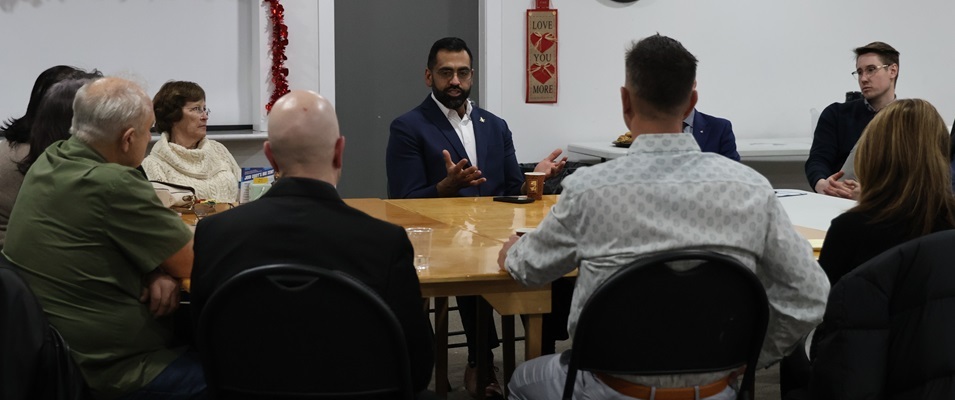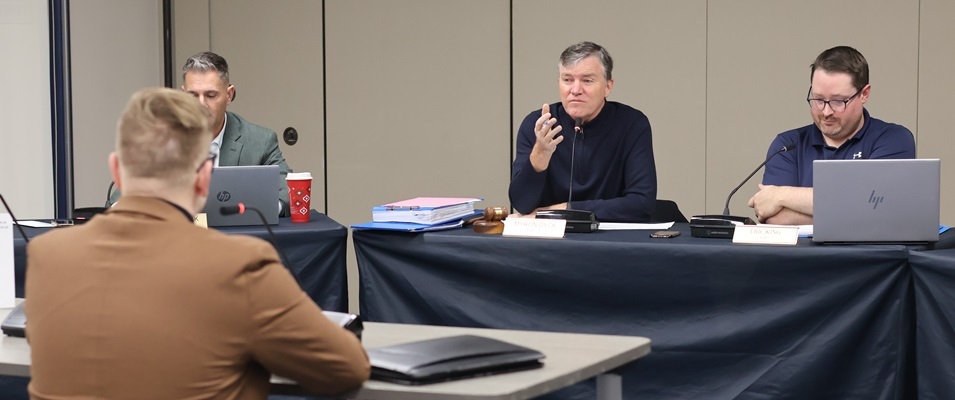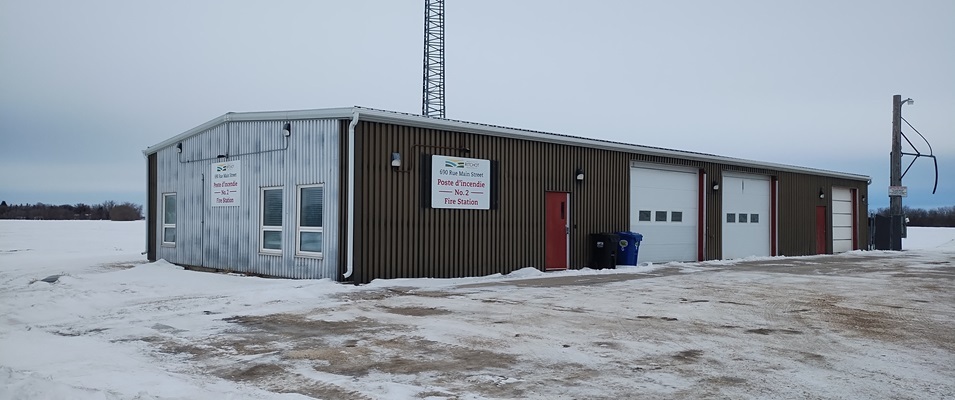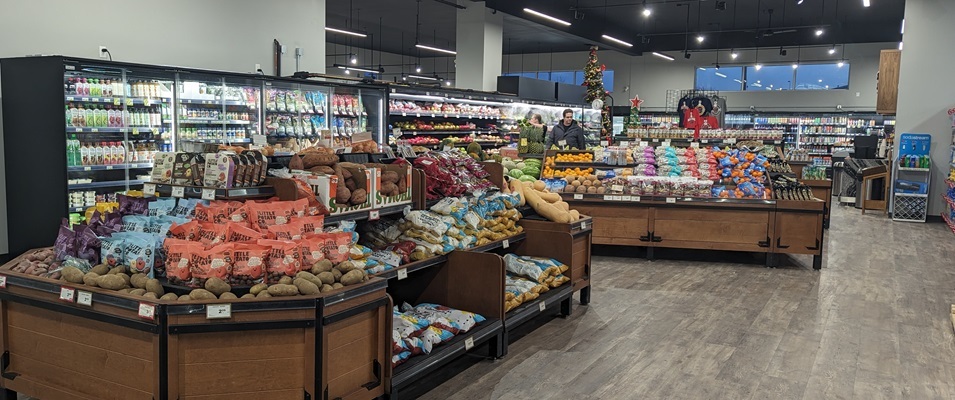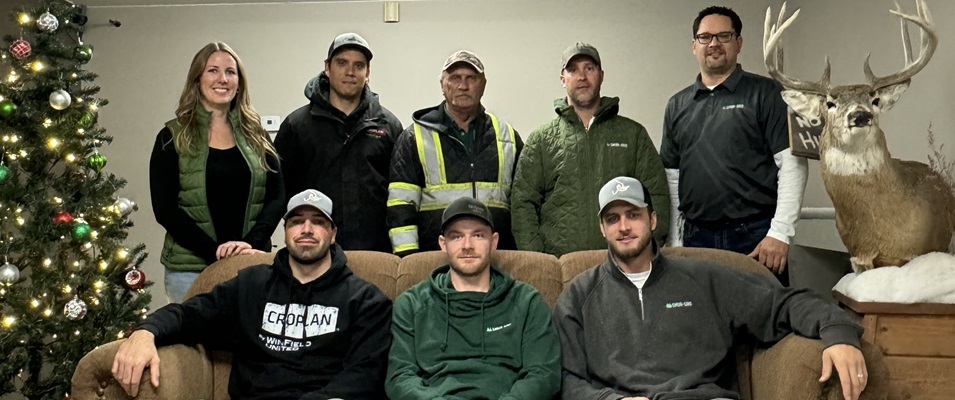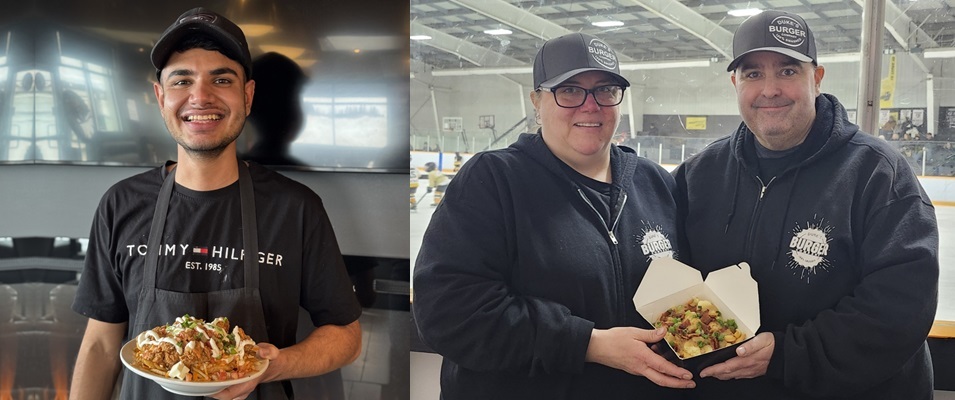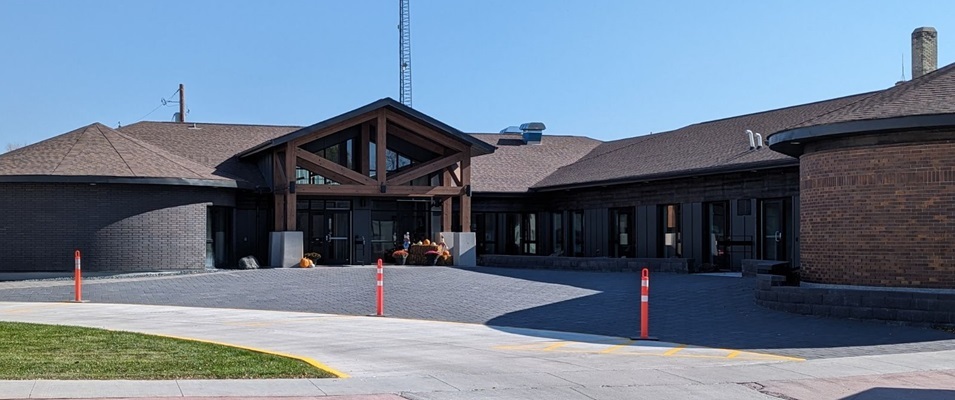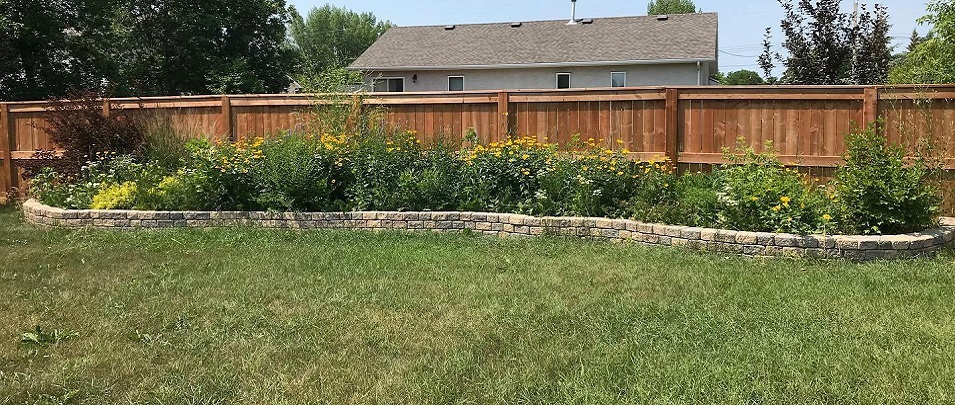
Recently, we’ve been changing the way we think about our lawns and open greenspaces, such as parks. You may notice less mowing being done on town or municipal property, and even private property. Even the City of Winnipeg has expanded their no-mow zones in an effort toward what is being called “naturalization.”
Naturalization is a process by which a piece of land is allowed to return to its natural state, which often means the return of healthier ecological functions.
In the prairies, this means the return of the valuable grassland and shrubland biomes and all the plants and insects, birds, and other animals that live in them. Native species of grasses, flowers, fruiting shrubs, and trees are sometimes reintroduced into areas to help the process.
No-Mow May is a campaign that started in the U.K. and is becoming more popular across Canada. The campaign’s goal is to increase the environments that host pollinators.
In 2022, the Nature Conservancy of Canada called on people to avoid mowing their lawns or cleaning up yard leaves and branches for the month of May, recognizing that new growth is needed for insects and creatures to use for their own nutrition and to build habitats.
A common types of naturalization is reduced mowing by raising the height of the lawn’s cut. This improves root systems, which prevents soil erosion and helps with water absorption during periods of heavy rain. Wetland restoration makes space for retention ponds to help embrace natural drainage and increase biodiversity. Tree-planting helps to buffer wind, which in turn decreases soil erosion and creates thriving animal habits; the trees also add shade and beauty for humans to enjoy, of course!
Naturalization in Niverville and Ritchot
The Town of Niverville has engaged in several naturalization projects over recent years. The success of the 2007 lagoon transformation has been lauded by Ducks Unlimited Canada. When the town chose to install native plants to remove contaminants from the lagoon, it was a first in North America.
The process took a long 10 years, but it also cost far less than traditional and less-effective methods of decommissioning old lagoons.
All parties involved considered the initiative a success and it has now become a safe and beautiful wetland, an extension of Hespeler Park’s walking and bike paths, and an example for other communities to follow.
Niverville has also supported many community-led tree-planting initiatives with the help of the local chapter of Communities in Bloom as well as contributions from business leaders such as TC Energy.
Grassland naturalization efforts are also being cultivated in some areas of town where less mowing is being done on boulevards and around retention ponds.
For personal or private property, naturalization efforts would be governed by Town Bylaw 507-96, which controls “junk, weeds and nuisance and stagnant water.”
This means that the town does not allow the growth of grasses or weeds in excess of eight inches on land with a habitable structure on it, or 18 inches on land without. This includes ditches but excludes flower gardens, vegetable gardens, plots of shrubbery, grain plots, or pastures.
Additionally, many areas of town are subject to landscaping agreements established by residential developers.
Audrey Neufeld, Niverville’s assistant CAO and planning officer, says that it’s important for property owners to “note that there are also design guidelines in effect for certain areas of the town, which outline the developer’s expectations for putting in sod/seed, and residents of those areas would need to get permission from the developer to go outside of those parameters.”
Neufeld also says that town council plans to read a new bylaw on May 2 which would conserve, prohibit, protect, restrict, and regulate the protection, preservation, and removal of trees and vegetation and site alterations on shoreline and site alterations on public lands.
“This bylaw will help the town protect the bulrushes that have been planted, the benefits of which are improved water quality and erosion control,” Neufeld says. “And they act as a maintenance buffer so that equipment doesn’t get stuck. The goal is to have bulrushes around all the lakes in Fifth Avenue Estates, through planting or being established by natural means. The second round of bulrushes in Fifth Avenue Estates was planted earlier this year.”
Neufeld also says that the town is open to more private lawns becoming naturalized, but that it depends on grass height.
“If lawns ‘becoming naturalized’ refers to grass height more than what is permitted under Bylaw 507-96, then the town would need to change the bylaw to allow for this,” says Neufeld.
In Ritchot, CAO Mitch Duval says that the municipality has “various developments that have chosen various methods,” but that the RM doesn’t have particular initiatives in place just yet.
“[Naturalization efforts are] fairly new to the municipality and we will closely monitor these,” says Duval. “From natural prairie grasses to retention ponds, there are a variety of benefits, but we are early in the process.”
Duval says that homeowners who are interested in going all-natural on lawns in town would be allowed, but it would be subject to compliance with the RM.
“They are allowed up to their property line, but not on municipal road allowance,” says Duval.
Residents Going All-Natural
There is growing interest among local residents who are already making efforts to go no-mow and introduce native plant species into their yards.
Cait Crozier lives on a 1.5-acre property on Heritage Lane and plans to dedicate up to half or three-quarters of her yard to wildlife and prairie plant conservation.
“I’ve always wanted to garden and do my part for nature as a young girl,” says Crozier. “Over the past decade, I’ve seen an increasing need to get back to our roots, especially for the pollinators who are so important to our ecosystem, food security, and even our economy.”
Crozier says that she gets most of her information from the internet and that researchers worldwide are noting a decline in pollinators and increasing public education about why it’s so important to start making changes now.
Despite being new to the community, Crozier says she’s already connected with others about their shared interest in naturalization.
“My immediate neighbours and I have talked about it frequently,” she says. “I’d love to see and even host a talk at a community centre about dedicating even the smallest of gardens just for native flora.”
Crozier has started a blog called to chronicle her interest in naturalization. So far she’s experimented with growing from seed ironweed (an endangered species), prairie coneflower, grey headed coneflower, gaillardia (blanket flower), yarrow, blue vervain, wild flax, and wild columbine, among others.
“We have so many varieties of flora here in Manitoba that are perfect for every garden if you have clay soil or sandy soil, wet or drought tolerant, short to tall, full sun and flowers that will even bloom in the shade!”
Crozier would love to see interest continue to grow and encourages others to look into doing more with the dirt they have, no matter how big or small of an area they have to play with. Small yards or even patio gardens can help pollinators, and they are a great place to start.
“We’ve already seen the inflation of food prices, and I don’t even want to imagine what it would be like if crops began to decline because of the decline in pollinator species,” says Crozier. “We should have been planting wild/native species decades ago, but better late than never.”
She says that connecting with others is important to share knowledge and come to the realization that we don’t have to try something new all on our own.
“There’s lots of people I’ve connected with on Facebook who are sharing seeds they’ve harvested, or who, like myself, are trying to germinate indoors versus sowing the seeds in the fall,” Crozier adds. “Like any plant, however, its success follows ‘right plant, right place.’”
Tina Penner is another rural gardener who has connected with Crozier over a love of plant research. As a resident in Landmark, she has begun to naturalize her own lawn and is also helping to develop a large section of rural property closer to Niverville.
Penner was frustrated by plant failures that seemed random and unexplainable. While searching for answers online, she enrolled in an online course that taught her how to use a microscope to assess soil biology in order to catch issues before they affect a plant too drastically.
She has also learned to compost in a way that helps the native micro-organism diversity to return and thrive. She collects books on plants, permaculture, and gardening, mixing all the information to see what will work for our area.
“My personal yard is about an eighth of an acre and I am planting approximately 70 percent with native plants,” says Penner. “The rest will be walkways and some traditional vegetables for us to eat, probably 20 percent veggies and 10 percent paths.”
The other plot of land she’s working with is a three-acre property where the owners would like to develop half of it into what is called a “food forest.”
“In the middle of the food forest is going to be a labyrinth walking path surrounded by native trees and plants that will be edible,” she says. “I would guess around 60 percent of the area would be naturalized, but we do want enough food to harvest with enough left over so that it can regrow, and we don’t leave bare and barren soil behind.”
Four years into the ambitious project, many of the plants have been installed, such as sweet grass and sage, birch, elm, poplar, and oak trees, as well as chokecherries, raspberries, plums, and saskatoons.
But it was only after last year’s wet spring that Penner began to research naturalization on a smaller scale on her lot in town; she had gotten water in her basement and foundation experts needed to rip up her yard to do repairs.
“I started learning about it last year,” she says. “It was a rabbit hole I fell down after researching food forests—and then my yard needed to be redone, as the grading slopes towards the house, and water is flowing towards the house instead of away. So I thought, if I am going to redo my yard I want it to be beneficial to the environment and all the creatures in our local ecosystem.”
Penner has connected with a few people who have similar interests, but she hopes to find others as information about naturalization spreads.
For anyone thinking about naturalization, she recommends starting with research, which is readily available on the internet.
“I found Dr. Douglas Tallamy in a YouTube video… He is a researcher and entomologist and has done studies and research into native plants and their relationship with Lepidoptera (moth and butterfly caterpillars),” says Penner.
Another starter project she would suggest is looking into clover or other low-growing plants like pussy toes, which act as lawn replacement.
Like Crozier, Penner feels that people often feel intimidated at the thought of gardening projects, imaging them to be so large that they won’t have the energy. But the key is to remember that even a small amount of effort is going to add up to a big impact someday; the key is to start something now.
It’s also about improving the relationships we have with plants, and anyone can do that with education even if they don’t have a place to garden at all.
“Do it!” she says. “The way that garden books and magazines and crops in general are thought of, it’s very exploitative. They use up the plant, get the most out of the plant, and then tear it all out. Naturalization is more about a relationship with the place. It is a very different way of doing things, to harvest without razing the land, and leaving nothing but death and destruction behind. I want to go in a more regenerative direction, where it benefits not only myself, but the entire ecosystem.”






